American Express is a multinational financial services company that is frequently listed as one of the world’s most recognised brands. It is best known for its credit card that is used all around the world.

The Brief
Like many forward-thinking corporations, American Express nurtures their company culture to best serve their people — gender diversity was a matter of high priority. I was engaged by their finance department across the APAC region (Australia, Japan, China, India, etc.) to catalyse a movement to create a more equal workplace. This involved examining the landscape with senior leadership, hosting regional training, and designing daily habits that all employees could apply.
What were the obstacles?
1. It’s An Uncomfortable Discussion
With the matter of gender equality, the statistics and reality has made the discussion unavoidable. However, nobody likes to admit they discriminate against people. Without acceptance of the issue, a dialogue cannot begin — let alone real change.
2. The Reality Is Different In Every Culture
As this project involved engaging with all the offices in the APAC region, it was impossible to prescribe one solution that fit all cultures. Although the problem might be the same in Japan and Australia, the reasons for why are different.
3. The Issue Is Bigger Than One Company
Gender equality is a societal problem that cannot be solved in one generation or by one company. It needs to be tackled at every level from every angle. It is an extremely long term issue that never really goes away.
What did I do?
- Culture Design
- Training
- Consulting
Section 1: Culture Design
Catalysing cultural change in the uncomfortable issue of gender.
Like with all things ambiguous, the best way to start is to set clear expectations: gender diversity in the workplace is a decades-long goal and it must be continually supported. This project is unlikely to create big change in itself, rather, it is a kickoff that will catalyse other changes down the track.
In the discussion with the company’s senior leadership from Japan, Australia, and China, we quickly discovered that each office in the region had different ideas on what the issue was. The cultural differences meant we needed to be conscious of over-generalising the matter.
After interviewing women business leaders, such as CEOs featured on Forbes and Fast Company, I gathered insights from researchers and experts. This led to a presentation at the American Express Shanghai office that was streamed live to all other offices in the APAC region (Australia, Japan, India, Singapore, Hong Kong, etc.).
Following this, I recommended specific habits for change that each employee could apply daily and addressed a Q&A session with the many employees from the region.


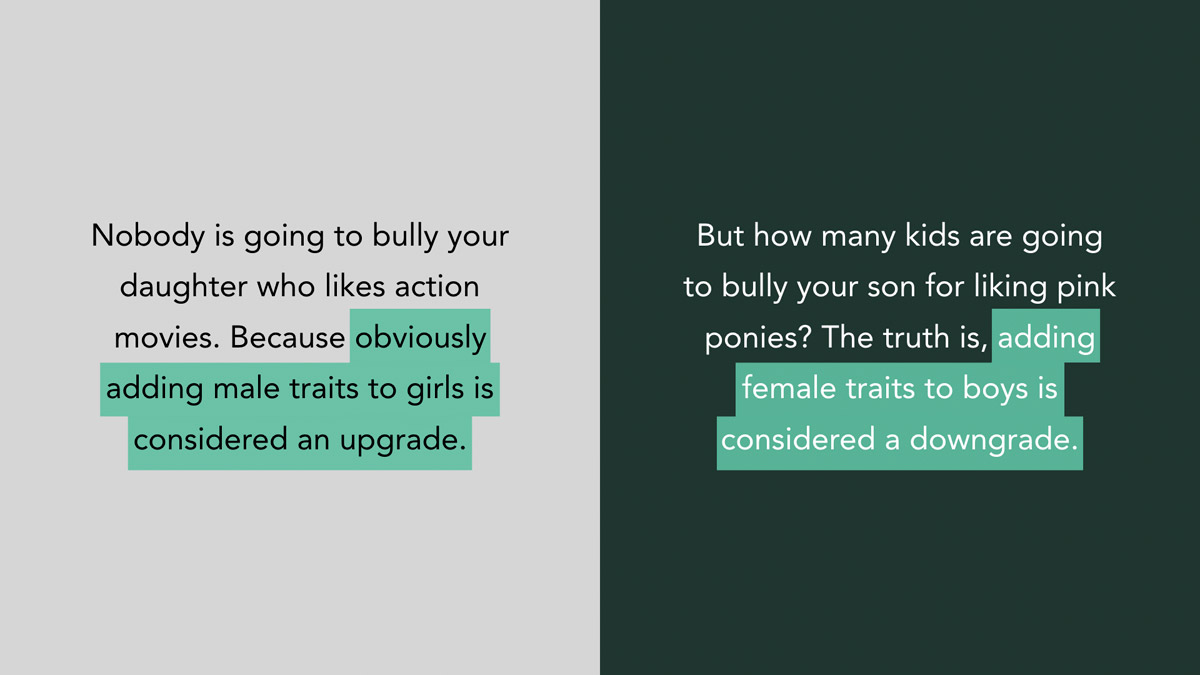
“I would be so sad if my child became a housewife.”
L. — Entrepreneur
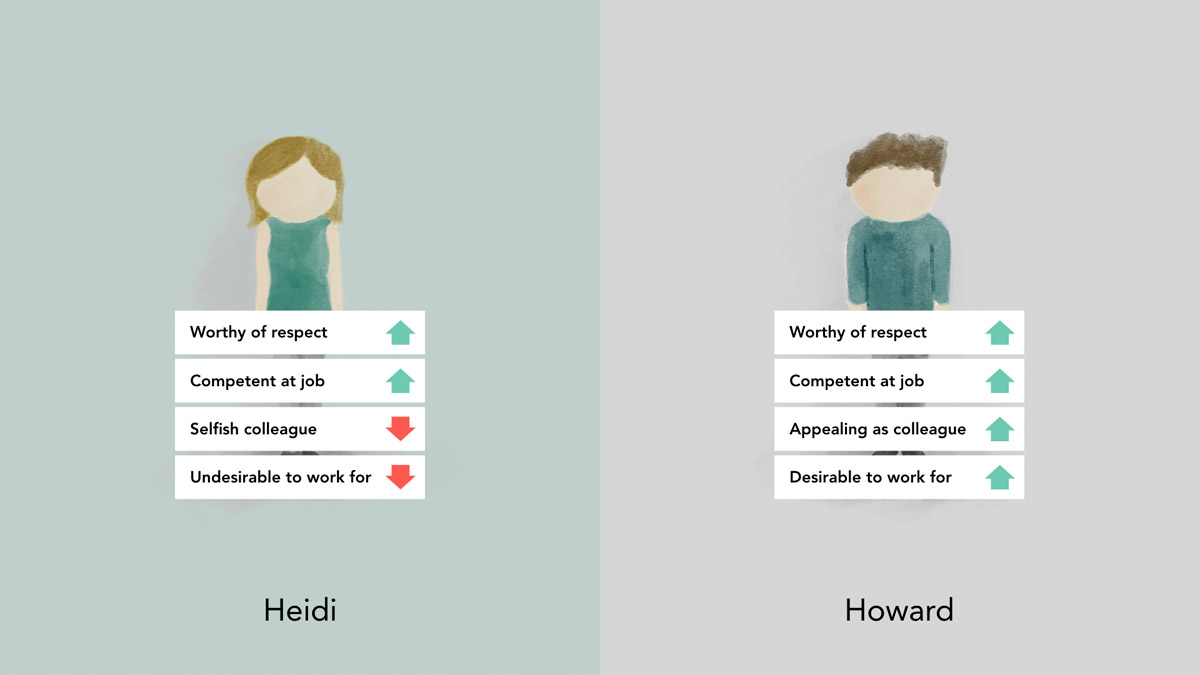

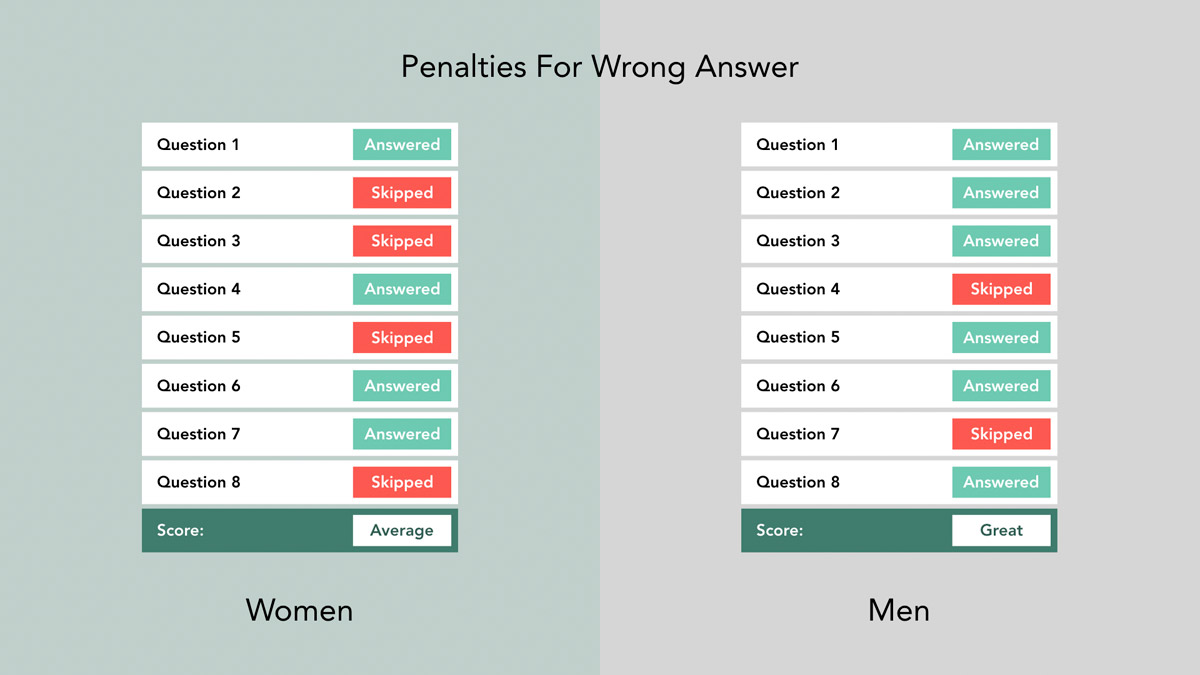
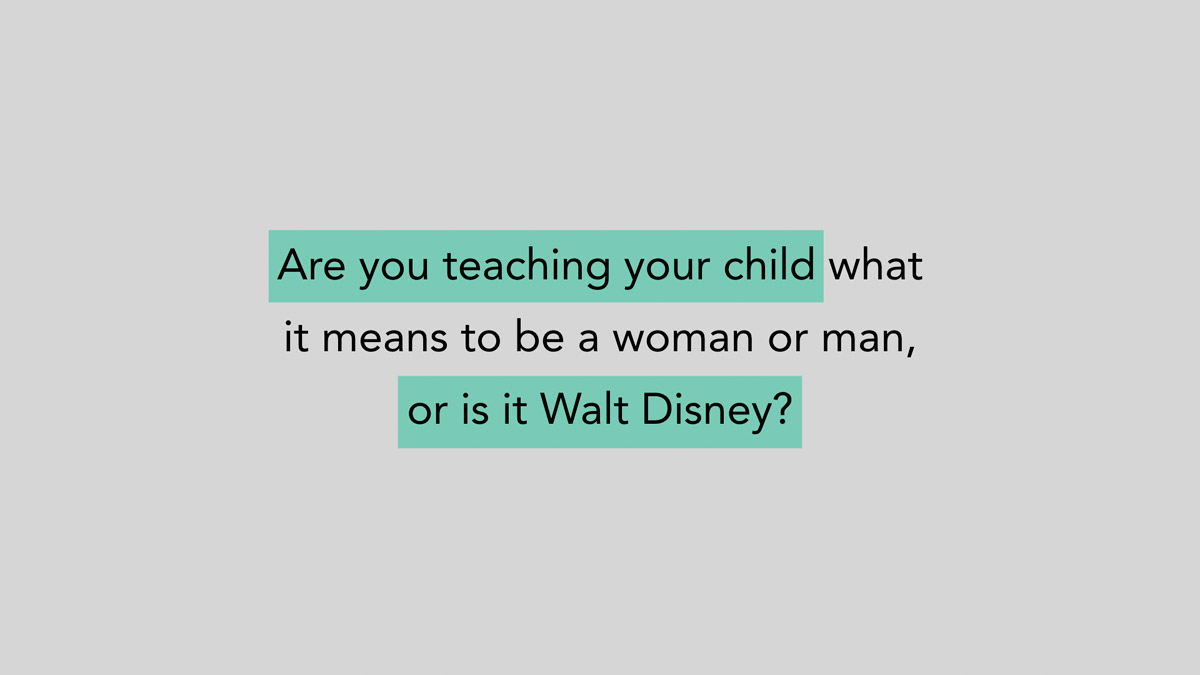

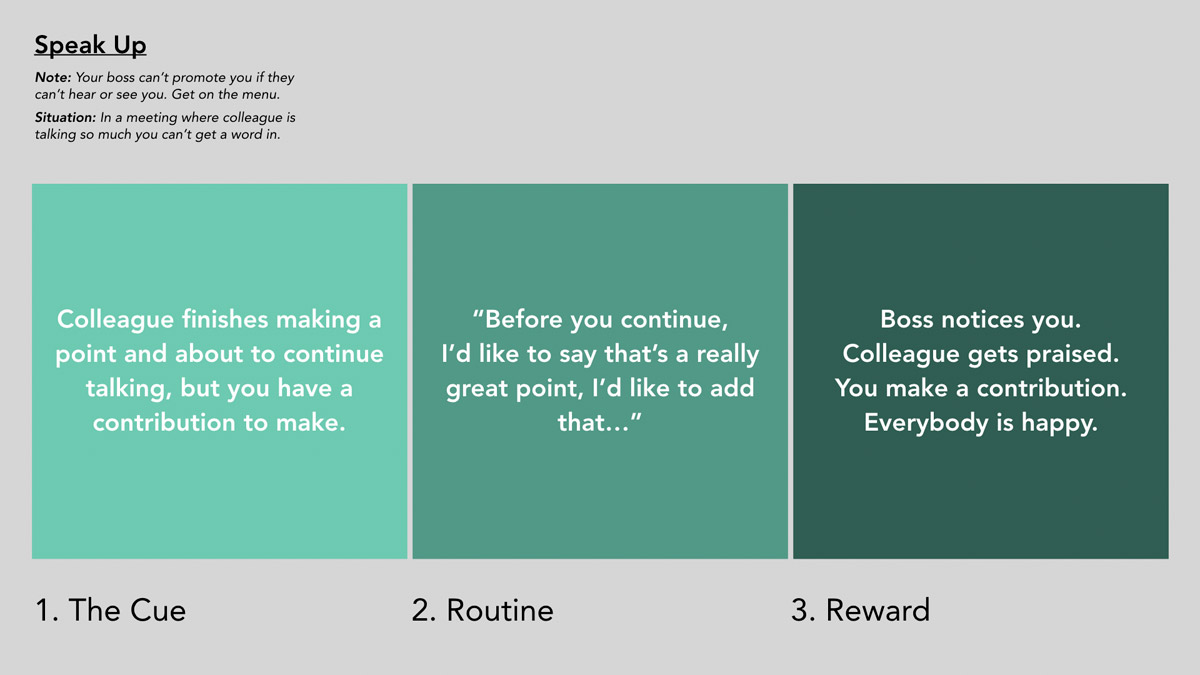
“Men are just better than women.”
K. — School Teacher
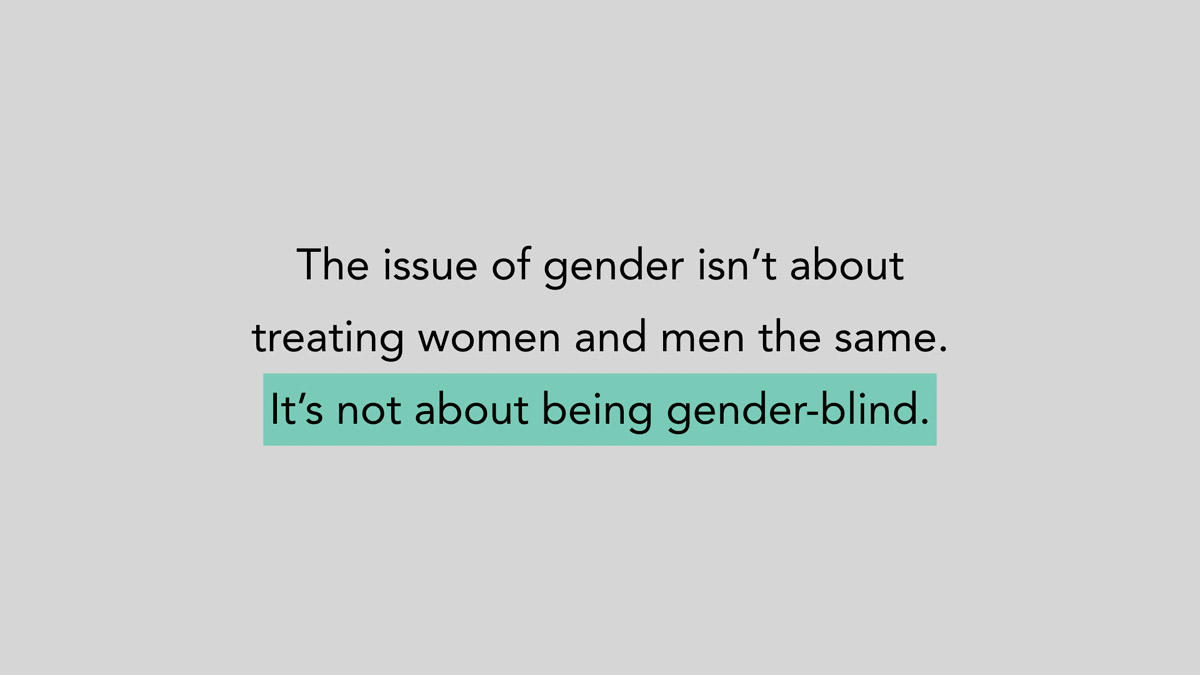
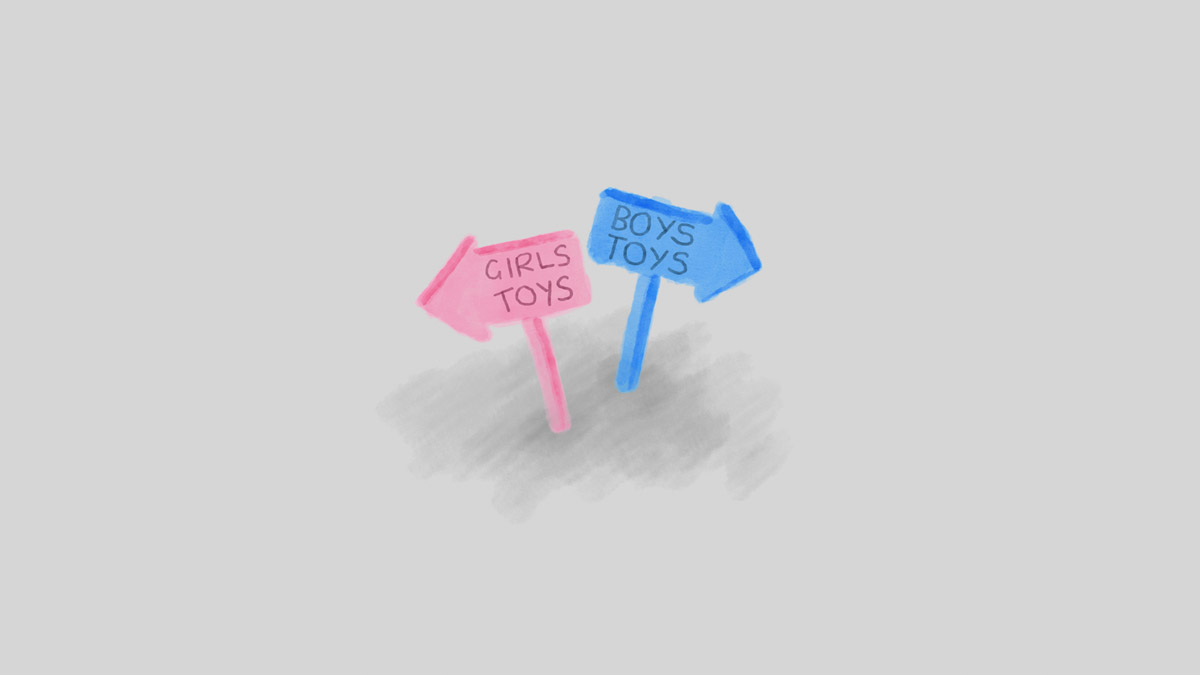
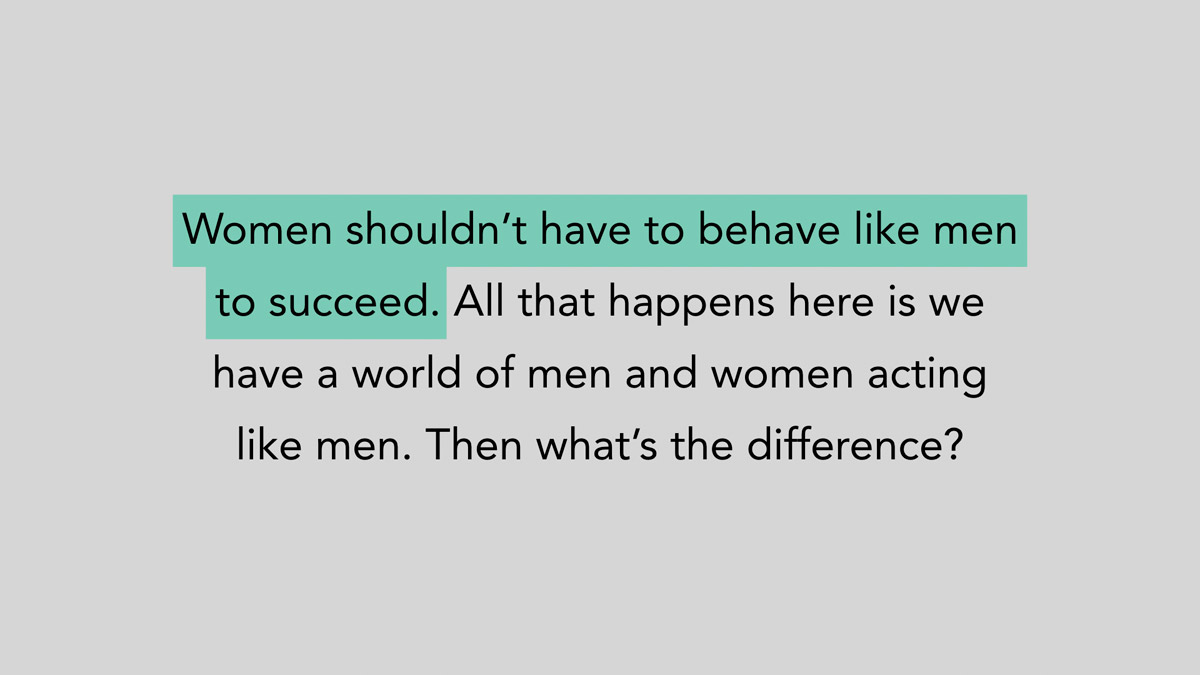
Section 2: Outcome
The main achievements that made a difference.
1. Employees more proactively and consciously approached the issue.
The senior vice president leading the Diversity Work Stream said, “It was exceptional and really enjoyed it.” Due to it being highly recommended, many colleagues who were unable to attend sought the replay afterwards. The defining response was it broke down a very complex matter so that it was easy to understand — and therefore, do something about.
2. Opened a dialogue for employees with senior leadership.
During the Q&A session, many employees (particularly women) openly voiced their obstacles for growth. In Japan, one woman expressed that improving herself was not enough, and that it was leadership that needed to change. This project created space for the conversation to be had and continue.
“I was very impressed and also inspired by the unique angle Rob looked at this matter. It was an excellent session with great feedback from the team. Rob is a very delightful person to work with and he brings along lots of positive energy, enthusiasm and passion!”
Maple Ma — Finance Director
American Express

